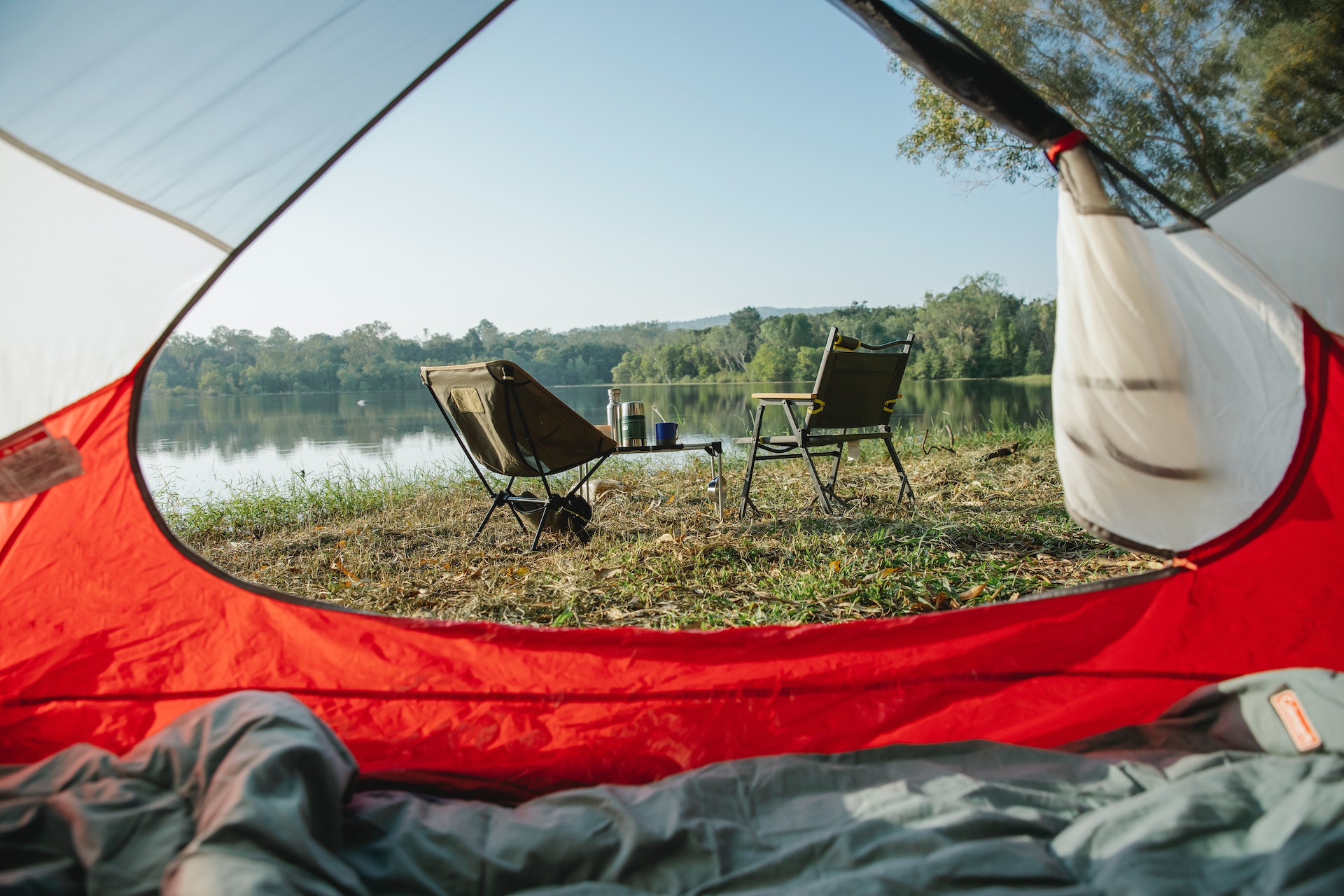
Are you planning your next family vacation and are looking for an adventure-filled experience? It’s essential to choose a state that offers a wide range of activities to keep everyone entertained.
Luckily, Family Vacation Guide has conducted a comprehensive analysis and ranked all 50 states in America based on their adventure offerings. By considering factors such as accessibility to ski resorts, mountain bike trails, horseback riding trails, national parks, camping areas, and water sports, they have determined the best states for outdoor lovers and which ones you may want to avoid.
Top 3 states for adventure
#1: Wyoming (Adventure Score: 9.36/10)
When it comes to the ultimate outdoor adventure destination for your family, Wyoming takes the crown. This remarkable state offers a stunning array of attractions, from ski mountains to National Parks like Yellowstone. Wyoming is truly a haven for camping enthusiasts, boasting an impressive ratio of 1.2
#2: Montana (Adventure Score: 9.12/10)
Montana is well-known for its vast, open spaces and enchanting starlit skies. This makes it a dream destination for a family vacation. Hiking lovers will definitely find adventure on Montana’s 342 trails per 100,000 people. Moreover, Montana stands out as a frontrunner in mountain biking locations, with 286 trails per 100,000 people. Montana is a paradise for outdoor enthusiasts, promising an unforgettable adventure for the whole family to cherish.
#3: Utah (Adventure Score: 8.65/10)
With enchanting waterfalls and serene wildlife encounters, Utah presents nature enthusiasts with an unforgettable experience. Explorers passionate about horseback riding will be thrilled by Utah’s abundant 47 trails per 100,000 people, offering a diverse range of terrains and scenic routes. Among these, Family Vacation Guide highlights the Hidden Canyon trail beckons thrill-seekers with its reputation as a hotspot for rock crawling enthusiasts. Utah is chock-full of adventures waiting to be discovered. You won’t regret choosing it for your next adventure.
Worst 3 states for adventure
#48: Indiana (1.85/10)
While not entirely devoid of adventure opportunities, Indiana falls short compared to other states. With only 23 camping spots per 100,000 people and limited options for skiing or horseback riding, finding outdoor thrills will be far more challenging here.
#49: Oklahoma (1.79/10)
Oklahoma offers 37 camping spots per 100,000 people but lacks significant opportunities for skiing, swimming, hiking, backpacking, or
#50: Louisiana (1.74/10)
Ranked last on our list is Louisiana, where snow sports are nonexistent, and options for hiking, swimming, and camping are limited. If you’re looking for an action-packed vacation, it’s advisable to consider alternative destinations.

Conclusion
Wyoming, Montana, and Utah stand out as the top states for thrilling outdoor experiences, offering abundant opportunities for horseback riding, hiking, and camping. On the other hand, Indiana, Oklahoma, and Louisiana have relatively fewer adventure options available for your family’s next journey. Hopefully, this ranking by Family Vacation Guide makes the choice easy.





